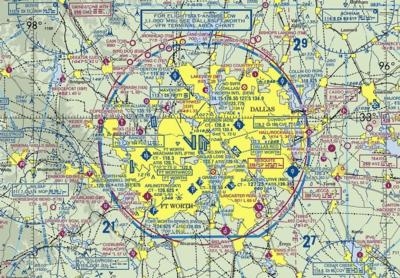Thu, Sep 18, 2014
Advertisement
More News
 Aero-News: Quote of the Day (06.24.24)
Aero-News: Quote of the Day (06.24.24)
“We are taking our time and following our standard mission management team process. We are letting the data drive our decision making relative to managing the small helium sy>[...]
 ANN's Daily Aero-Linx (06.24.24)
ANN's Daily Aero-Linx (06.24.24)
Aero Linx: EC-130J Commando Solo The EC-130J Commando Solo, a specially-modified four-engine Hercules transport, conducts airborne Information Operations via digital and analog rad>[...]
 ANN's Daily Aero-Term (06.24.24): Touchdown Zone Lighting
ANN's Daily Aero-Term (06.24.24): Touchdown Zone Lighting
Touchdown Zone Lighting Two rows of transverse light bars located symmetrically about the runway centerline normally at 100 foot intervals. The basic system extends 3,000 feet alon>[...]
 Airborne-NextGen 06.25.24: eAircraft Symposium, JUMP 20, SkyDrive
Airborne-NextGen 06.25.24: eAircraft Symposium, JUMP 20, SkyDrive
Also: Chute Seals, Asteroid Exercise, Wisk Expands, SmartSky The Vertical Flight Society is on track for the biggest electric aircraft development conference yet, with more than 40>[...]
 Aero-News: Quote of the Day (06.25.24)
Aero-News: Quote of the Day (06.25.24)
“We’re excited to continue our partnership with IIAS in an expanded capacity. Our suborbital science lab is revolutionizing the field of microgravity research by offeri>[...]
blog comments powered by Disqus




